February 12, 1952, Wellsboro, PA
The Penn-York Lumbermen’s Club is probably the most unusual Lumbermen’s club in the United States today. It is unusual in the following respects. First, its area comprises a large rural and mountainous section of Northern Pennsylvania and Southern New York State. There are no large metropolitan centers within its boundaries. Second, its members include a cross section of the lumbering industry from the growing trees to the finished product. Within its rank are farm and county foresters, sawmill owners, lumber inspectors, retailers and wholesalers, furniture and wood products manufacturers.

G.A. Potter, Deputy N.H.L.A. inspector of the Williamsport, PA area, first conceived the idea for such a Club. Mr. Potter first broached the plan to J.F. Stauss, lumber products wholesaler, of Benton, PA. He gave to Mr. Stauss the names of four lumbermen that would help to promote a lumbermen’s organization. Mr. Stauss called the four men. All agreed that a lumbermen’s club for Northern Pennsylvania was a good idea. A meeting was eventually held at Mansfield, PA. This was in December 1949, with fourteen lumbermen in attendance. The fourteen men decided to form a permanent club. An organizational meeting was held January 6, 1950, at the Penn-Wells Hotel, Wellsboro, PA. Officers selected at the meeting were:
President Harold McFarland, Black Forest Hardwood Lumber Company, Coudersport, PA
Vice-President James L. Garman, Reese-Garman Lumber Company, Williamsport, PA
Secretary J.F. Stauss, Benton, PA
Treasurer T.P. Kennedy, Port Allegany Corporation, Port Allegany, PA
President McFarland appointed a resolutions committee to report at the February meeting. They drew up the following resolutions, which were adopted by the club:
WHEREAS—a Group of individuals interested in the lumber industry have met for the purpose of forming a special organization.
It is hereby resolved that his organization shall be known as the PENN-YORK LUMBERMEN’S CLUB, whose purposes will be—
To promote and foster a social relationship among its members.
To promote by education programs, proper manufacturing methods for the conservation of lumber.
To exchange information concerning operating personnel.
To promote and foster more favorable legislation regarding the cutting of timber on state lands.
To sponsor an educational program among timberland owners for the perpetuation of timber reserves.
To promote the free and open exchange of ideas between men having mutual problems.
To promote a unity of action and purpose among members of the lumber industry.
Since its inception slightly more than three years ago the Penn-York Lumbermen’s Club has grown steadily. Anyone interested in forestry, lumbering or woodworking can join the club. Membership fees are a nominal $5.00 per year on an individual basis. The club meets monthly, usually at Wellsboro, PA, which is centrally located for the area. However, during the past summer meetings were held at various points in the district. These gatherings consist of a dinner followed by a business meeting and a guest speaker, ending up with a general get-together.
The club has grown from an original thirty to a present membership of over one hundred. The amazing thing about it is that it is still growing, and no one knows when or where it will stop. The enthusiasm of its members is attested by the fact that several regularly drive 100 to 150 miles to attend the meetings.
Fifty-two percent of the area of the State of Pennsylvania is in forest.
The state ranks fourth in the nation in the number of active sawmills (2,725). Their production in 1947 totaled 580 million board feet, the highest output among the eleven New England and the Middle Atlantic states. In that year, Pennsylvania’s lumber production exceeded that of Maine, its closest rival in the northeast, by more than 120 million board feet.
Pennsylvania leads the nation in the production of Ash and Cherry lumber, is fourth in the output of Oak and ranks sixth among all the states in the total number of board feet of hardwood lumber sawed.
A full text of Mr. McFarland’s speech may be found starting on Page 262 of the New Year Book just out of the National Hardwood Lumber Association’s fifty-third annual convention. Needless to say, Mr. McFarland’s talk opened the eyes of many at the Convention to the growing importance of the lumber industry in Pennsylvania.
The Penn-York Club feels that it is serving a useful purpose within the industry. Its social activities have brought its members closely together. The Club has pointed the way to the fact that there is a place for the “small man” within the great lumber industry. It has focused the attention of the industry on the importance of lumber in Pennsylvania and New York State. It has induced its members to adopt better and more efficient methods of manufacturing.
The Club hopes that by its precedence of cooperation and achievements that lumbermen in other areas will be moved to form other organizations of a similar nature.
